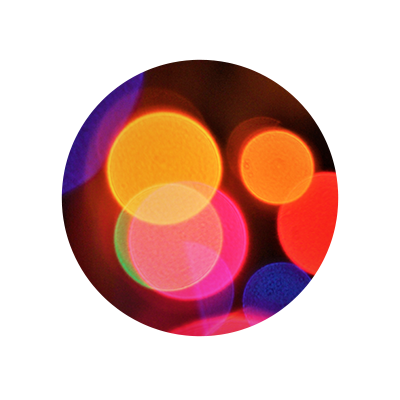The Basics of Video Lighting: A Beginner's Guide
The lighting of a video can make all the difference in its overall look and feel. Proper lighting can help to set the mood, create depth, and highlight important elements in the frame. However, for beginners, navigating the world of video lighting can be overwhelming. In this blog post, we will provide a beginner's guide to the basics of video lighting.
Three-point lighting
This is a classic lighting setup that consists of three lights: a key light, a fill light, and a backlight. The key light is the main light source and is typically placed to one side of the subject. It serves to highlight the subject and create contrast. The fill light is placed on the opposite side of the key light and serves to fill in shadows and reduce contrast. The back light is placed behind the subject and helps to separate the subject from the background.
Natural lighting
Natural lighting can be a great option for shooting video, especially when paired with reflectors. The key is to pay attention to the direction and intensity of the light. For example, using window light as a key light can create a soft and natural look, while shooting at midday can create harsh shadows.
Artificial lighting
Artificial lighting can be used to supplement or replace natural lighting. There are a variety of artificial lights available, including tungsten, fluorescent, and LED lights. Each type of light has its own color temperature and characteristics, so it's important to choose the right one for your needs.
Color temperature
The color temperature of a light source refers to its hue on the Kelvin scale. Warmer light sources, such as tungsten lights, have a lower color temperature and appear more yellow, while cooler light sources, such as LED lights, have a higher color temperature and appear more blue. It's important to match the color temperature of your lights to the color temperature of your location to avoid a mismatched look.
Ambient light
Ambient light is the natural light that is present in your shooting environment. This could be sunlight coming through a window, or the light that is already present in a room. Ambient light can be a useful tool for setting the mood and creating a natural look, but it can also be difficult to control.
Key light
The key light is the main light source in your shot. It is usually placed to the side of your subject and is used to illuminate their face and create depth. The key light is an important element of lighting, as it helps to define your subject and set the tone of your shot.
Fill light
The fill light is used to fill in the shadows created by the key light. It is usually placed on the opposite side of the key light and is used to soften the shadows and create a more even and natural look.
Back light
The back light is placed behind your subject and is used to separate them from the background. It helps to create depth and dimension in your shot and is an important element of lighting in portrait photography and videography.
To create professional and high-quality video, lighting is an essential element to consider. There are many different factors to consider when it comes to lighting, including three-point lighting, natural lighting, artificial lighting, color temperature, ambient light, and key, fill, and back lights.
By understanding these basic concepts and how they work together, you can create lighting setups that are tailored to your needs and help to bring your vision to life. Whether you're shooting a film, a television show, a commercial, or any other type of video, the right lighting can make all the difference in the final product. So, be sure to take the time to understand the basics of video lighting and how you can use it to create stunning and professional-looking footage.
